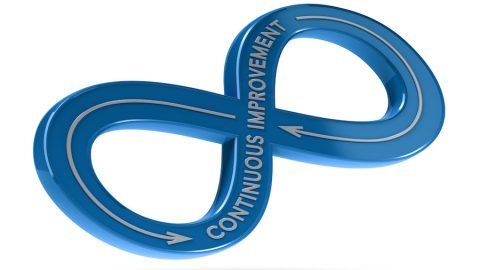
Illustration
In 2015, the American Rheinmetall Systems (ARS) faced a challenge of streamlining operations to give employees more time to take on additional defense contracts. The businesses’ parent company, Rheinmetall Defence, also wanted ARS to move from a workshop for system integration, assembly and research and development to a standalone business.
To meet these challenges and accomplish business goals, ARS turned to Lean methodologies. They have experienced a great deal of success in the two years since. Two key components of that success were leveraging the right Lean tools and educating the entire workforce in both their purpose and use.
Improving Outcomes
ARS does assembly and testing of electro-optics and fire control systems at a plant in Biddeford, Maine. The work requires hands-on effort from employees that can, without the proper methods in place, lead to inefficiencies.
In a way, the company became a victim of its success. With products originally designed in Norway, the company did not expect to sell its equipment in large numbers. However, it eventually received a defense-related order for 15,000 parts.
The company did not have the resources to efficiently handle that large quantity. To do so, they took a path commonly taken in such situations, building huge batches, sharing tools and carrying a lot of inventory.
Eventually, the company turned to the Greater Boston Manufacturing Partnership (GBMP) for consulting on implementing process improvements to take on larger projects. The willingness of ARS leadership to embrace change and Lean methods provided the first – and perhaps most important – the key to eventual success. Another was a commitment to educating the workforce on Lean methodologies.
ARS used a handful of Lean tools to accomplish their goals. A key was getting complete executive buy-in and training for all employees at every company’s work center. Within two years of applying Lean, every employee had gone through training and each had participated in at least one Lean process improvement project.
ARS Achievements
Putting these Lean tools into play, ARS was able to achieve many goals that improved its operations. They include:
ARS provides a textbook example of how to implement Lean methodologies. The full-fledged support from management, coupled with training and the resulting buy-in from employees, has led to the type of sustainable improvements all businesses hope to achieve.
Productivity and Quality Office